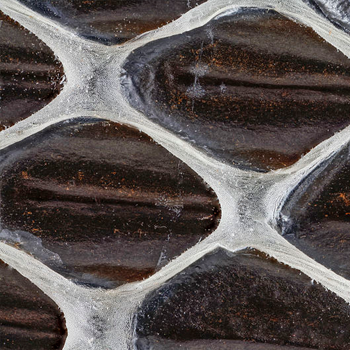Question #0372d
1 Answer
imaginary roots
Explanation:
Part A
#color(orange)(f(x)=ax+1)#
#color(blue)(g(x)=x^2-3)#
#color(blue)(g[color(orange)(f(x))])=color(blue)((color(orange)(ax+1))^2-3)#
#color(blue)(g[color(orange)(f(x))])=color(blue)((color(orange)(ax+1))(color(orange)(ax+1))-3)#
#color(blue)(g[color(orange)(f(x))])=a^2x^2+2ax+1-3#
#color(blue)(g[color(orange)(f(x))])=color(teal)(a^2x^2)+color(purple)(2ax)-2#
#color(teal)(a^2x^2)=color(teal)(9x^2)color(white)(XXXXXXX)color(purple)(2ax)=color(purple)(6x)#
#a^2=(color(teal)(9x^2))/color(teal)(x^2)color(white)(XXXXXXXx)a=(color(purple)(6x))/(color(purple)(2x))#
#a^2=9color(white)(XXXXXXXXxx)a=3#
#a=+-3#
#color(purple)(2ax)=color(purple)(6x)#
#2(color(red)(-3))x=6x#
#-6x!=6xrArr"thus", color(green)(|bar(ul(color(white)(a/a)a=3color(white)(a/a)|)))#
Part B
#color(orange)(f[color(blue)(g(2))])=color(orange)(a(color(blue)(x^2-3))+1)#
#color(orange)(f[color(blue)(g(2))])=color(orange)(3(color(blue)((2)^2-3))+1)#
#color(orange)(f[color(blue)(g(2))])=3(4-3)+1#
#color(orange)(f[color(blue)(g(2))])=3(1)+1#
#color(green)(|bar(ul(color(white)(a/a)f[g(2)]=4color(white)(a/a)|)))#
Part C
#color(orange)(a(color(blue)(x^2-3))+1)=color(blue)((color(orange)(ax+1))^2-3)#
#color(orange)(a(color(blue)(x^2-3))+1)=color(blue)((color(orange)(ax+1))^2-3)#
#color(orange)(3(color(blue)(x^2-3))+1)=color(blue)((color(orange)(3x+1))^2-3)#
#3x^2-9+1=9x^2+6x+1-3#
#3x^2-8=9x^2+6x-2#
#6x^2+6x+6=0#
#x=(-b+-sqrt(b^2-4ac))/(2a)#
#x=(-(6)+-sqrt((6)^2-4(6)(6)))/(2(6))#
#x=(-6+-sqrt(36-144))/12#
#x=(-6+-sqrt(-108))/12#
#x=(-6+-6sqrt(3)i)/12#
#color(green)(|bar(ul(color(white)(a/a)x=(-1+-sqrt(3)i)/2color(white)(a/a)|)))rArr# since#i=sqrt(-1)# , roots are imaginary (not real)

